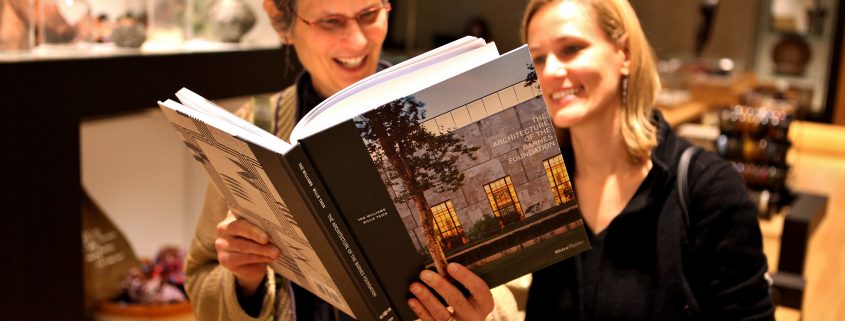What Is A Museum Store?
September 25, 2017
By Julie Steiner
One of the admonishments I heard when I was new to this field was that I should not refer to museum store products as “souvenirs.” Souvenirs, it was said, evoke cheap and poorly-made things, rather than the quality merchandise of world-class institutions. But there’s another way of thinking about that word, and that is as souvenir — simply the French word for “memory.” What better compliment to a product could there be, than to have it contain a person’s memories? Elizabeth Merritt, the head of the AAM’s “Center for the Future of Museums” pointed out at an MSA conference a few years ago that the human mind simply can’t store all the memories that we gather in our lives. And that’s the true purpose of museum store products: good products done right become externalized memory, souvenirs that hold our memories and recall our experiences.
One thing I know for sure (and that my work in museums reinforces every day) is that museum stores are an invaluable part of the experience and that retail products serve an important purpose and wield an incredible power: they carry our collections and exhibits out into the world beyond the walls of our institutions. Once the exhibits have traveled on, the educational programs are completed, and in those hours when even the galleries of our permanent collections are hushed and dark, visitors continue to savor their experiences at our institutions through the objects they purchased (or were given as gifts) from our stores.
Above all, a museum store is the place where guests select a suitable container to hold their memories of the day.
I believe souvenirs are a compliment: we only buy objects to hold those memories we most wish to reinforce. We buy to hold on to positive experiences. Shopping at an institution is a conscious effort on the part of the visitor to turn that specific positive experience into a long-term memory. Gifts for others selected at museum stores carry an additional purpose: they are physical evidence of having thought of a person while in that institution. It’s so much more than an object handed on: a museum store gift reflects a deep human need to share a meaningful experience with another person.
Creating and selecting the right products to represent our institutions and imprint the visitor experience in the mind of the visitor is our imperative. The visitor needs to connect their delight and wonder — their cherished day with family and friends – to the items we offer them. It means that quality of experience must match quality of product: no other memory will work. Our primary job as non-profit retailers is to provide the extension of that experience and help to carry that memory into the homes and l ives of our audiences.
ives of our audiences.
Often, when I give tours of the museum store where I work, I gesture with a flourish and proclaim “This is where the magic happens!” I am half mocking, but behind the joke lies seriousness, because I do think that there’s great “magic” to wrapping up the intense experience of a museum visit in a concrete memento, and the magic that happens when a guest finds the perfect thing to carry out, just the right object for them that will connect their long-term memory back to this experience: this day that they have had in this museum, and this specific object that will help them maintain the emotions, thoughts, and connections created during their visit. Museum stores are where the magic of connection and memory happens.
Julie Steiner is the Director of Retail Operations for the Barnes Foundation in Philadelphia, PA and the President of the Museum Store Association Board of Directors.








Leave a Reply
Want to join the discussion?Feel free to contribute!